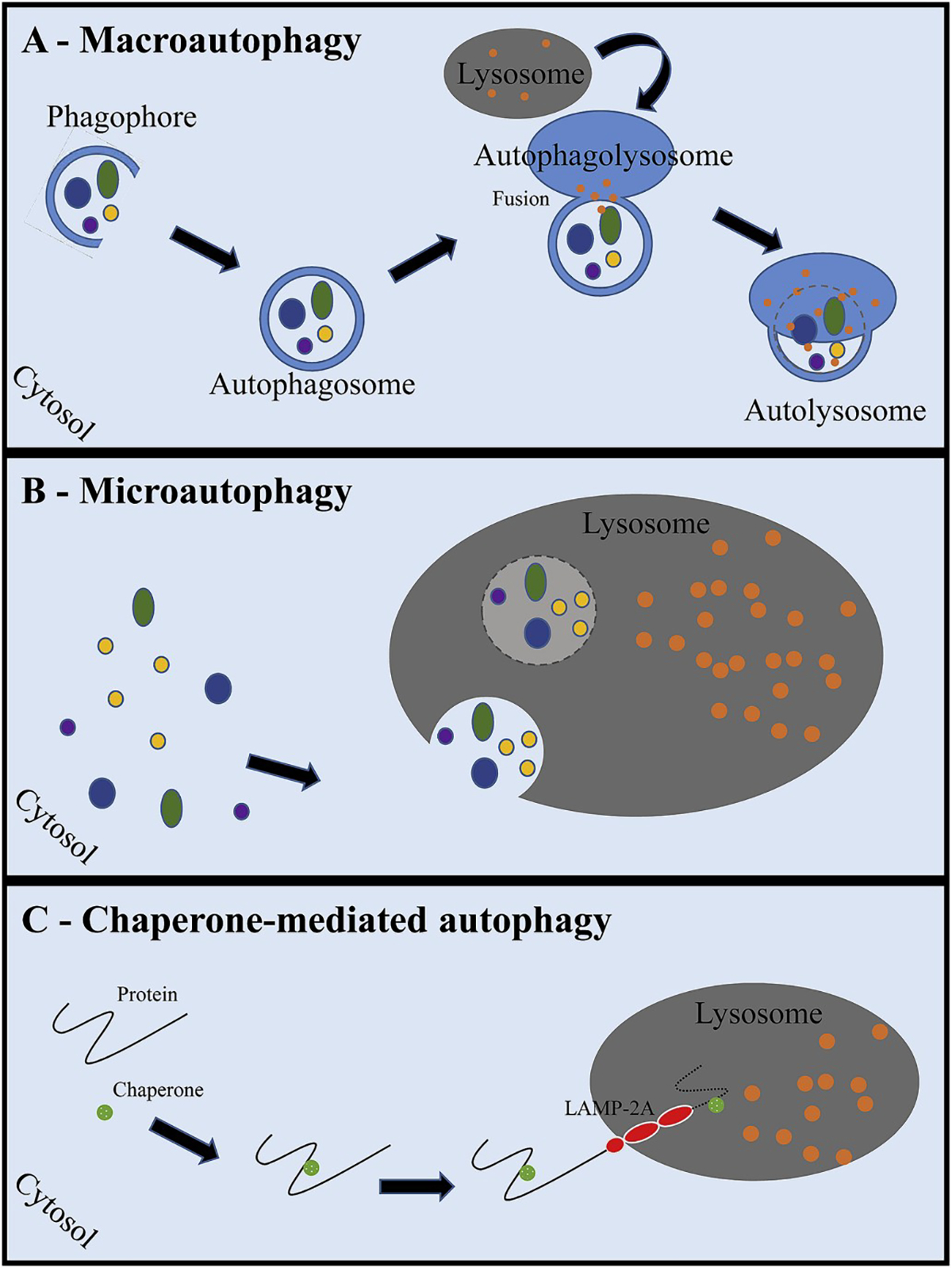Fig. 2. The three major degradative autophagy pathways.

In macro-autophagy (A), cytosolic components are engulfed into a double-membraned phagophore. Completion of the double-membrane with sequestered cargo is called an autophagosome. The autophagosome then fuses with the lysosome to create an autophagolysosome. Lysosomal degradative granules then break down the cargo within the autolysosome. Eventually, the degraded protein products are released into the cytosol for use by the cell. Microautophagy (B) is a process by which the lysosome directly engulfs cytosolic components by way of lysosomal membrane invagination, similar to endocytosis. A chaperone binds to proteins within the cytosol that have been targeted for degradation (C), and the lysosomal-associated membrane protein-2A (LAMP-2A) recognizes and binds the protein complex. The protein is then unfolded and translocated into the lysosome.
(LAMP-2A: lysosomal associated membrane protein-2A).
